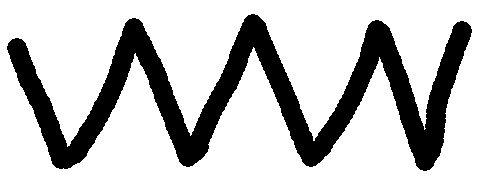
1. Sharing on Developing Writing
Recently a parent had asked me if my children could write. Yes. I could understand the concern about being able to write because it is another form of communication, since paper and pencil are always easily accessible. So I have decided to share through this web, in my own ways, how I got my boys to write. It would be a series of weeks of sharing. Before I begin sharing, it is important not to stress the child or yourself because developing the skills,strength and co-ordination to write takes time, so please be patient with your child and yourself.
Jonathan, who is the most autistic among the three boys, is weak in his fine motor skills. But I am glad that I did not give up on him. Since two and a half years of age, I started training him to write everyday except Saturday and Sunday(OFF Day!). Each time I tell myself he will make it one day. Now he is coming seven years of age. He can at least write within a space designated by me and the letters and numbers look recognisable. Here's how I began.
A. Training the correct way of holding pencils/crayons/markers/pens.....etc
Using any used paper, I got him to draw vertical lines, horizontal lines and spiral lines(Do not be concern about how straight/long/beautiful the lines and spiral look). My main concerns was gripping correctly, moving the wrist up, down and round, i.e. making the wrist more flexible and stronger. This is still an ongoing wrist exercise that he has with me before writing(WARM UP Exercise!)
B. Training on developing strengths on the arm and wrist.
Using used papers, I trained Jonathan to write zig-zag lines up and down continuously as below.

At the same time, I verbalised the actions of up and down, to reinforce the association bewteen the action and the verbal labels. This helps later on if he was to write capital letter A. I also got him to write Us and ms continuously in a joint continuous fashion as below.
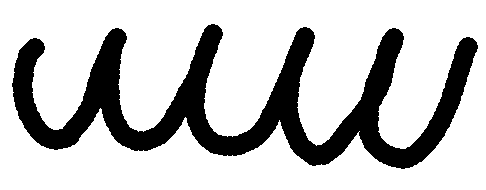

This helps for future writing of small letters as they are normally curved.
C. Training on eye and hand co-ordination
Using used papers(save trees and expenses), I got Jonathan to join two dots placed in vertical, horizontal and diagonal position at short distances apart. The first step is to get him to look and focus on where his pencil is going.When he understood, I varied the distances making the dots further apart. Eventually I designed a worksheet combining joining dots at various distances. This helps him to look for the dots, hence improving his eye and hand co-ordination.
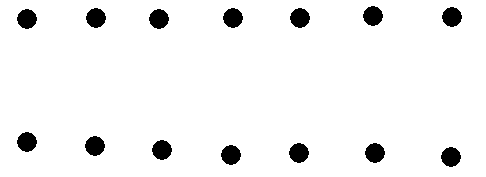
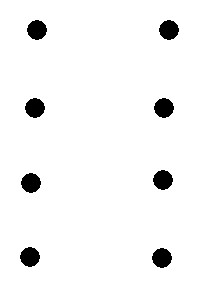
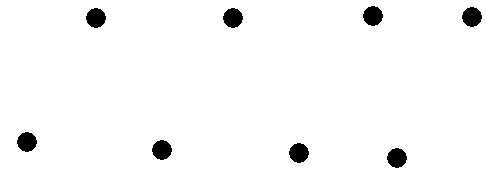
D. Tracing - 1
Work on the tracing of horizontal and vertical lines. Keep the lines for tracing short and the dashes/dots for tracing bold and big. This is to facilitate the child's ability to follow as well as to focus. Once it has been established that your child can cope and is looking at what s/he is doing, lengthen the lines and eventually making the dashes less bold and big.
My personal experience with Joel and Jonathan shows that using of giant crayons and coloured markers motivates them by providing them with better grip and means to captivate their attention by virtue of their attraction to large and colourful items.
E. Tracing - 2
Work on the tracing of diagonal lines (e.g / \ ). Use similar strategy as in Stage D.
My personal experience reveals that we should not be hasty and proceed with tracing the alphabets and numbers as they may not be able to relate to knowing numbers and letters as yet. The approach I advocate, allows them to build up their familarity with writing strokes independantly and builds confidence in them with generic strokes for writing. You'll find that tracing of letters and numbers will come very much later. I had focussed on tracing shapes as teaching of shapes come very much in their earlier learning and shapes are all around us. So do be patient with my development.
F. Tracing - 3
Work on the tracing of "+", "O", "V" rotated in four directions & "L" rotated at four corners of a square. Work from small size to bigger size.
My personal experience reveals that it gives them more confidence in understanding the forms from small size which gradually progresses to larger size. Tracing "L" at different positions helps them to understand drawing which involves changing of direction as in geometrical shapes.
G. Tracing - 4
Work on the tracing of simple shapes like triangle, square, rectangle, diamond, parrallelogram and trapezium. Work from small size to bigger size.
As children love colours, give them colouring materials to fill me the shapes that they have traced out. It will add more fun to it. Treat it as an art lesson.
H. Tracing - 5
Tracing a combination of shapes from Tracing 4. For example, triangle and rectangle forms a tree, a trapezium and rectangle forms a house, etc. Do this as an art lesson, it makes tracing meaningful and fun.
H. Tracing - 6
Tracing of polygons and once the child is able to trace the number of sides given then start tracing circles. Do this as an art lesson, it makes tracing meaningful and fun.
I. Tracing - 7
At this stage Jonathan was able to handle pencil independantly without my supporting his arm and hand. Then I introduce the writing of numbers and eventually the alphabet.
That's the end of my sharing on how Jonathan got to write independantly. If you are following my sharing, hope you will benefit from it as it is based on truely hands-on with my son Jonathan.